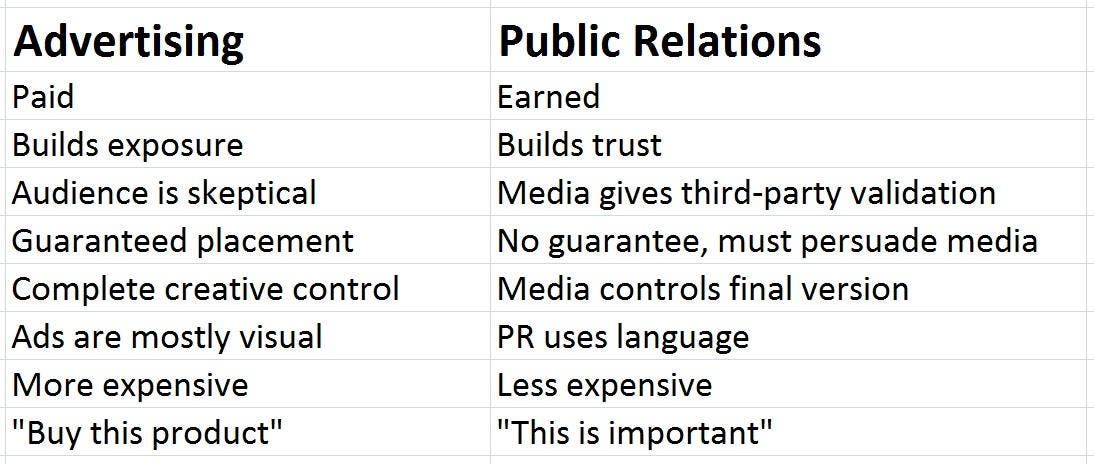Media Relations 101: Best Practices for Public Relations Professionals
Public relations professionals play a crucial role in managing a company’s reputation and brand image. One of the key aspects of PR is media relations, which involves building and maintaining relationships with members of the media to secure positive coverage for a company or organization. In today’s digital age, where news spreads rapidly through social media and online publications, effective media relations strategies are more important than ever. Here are some best practices for public relations professionals to consider when it comes to media relations:
Building Relationships with Journalists
One of the most important aspects of media relations is building strong relationships with journalists and reporters. This involves more than just sending out press releases; it’s about taking the time to get to know the journalists who cover your industry and understanding what they are looking for in a story. Building trust and credibility with journalists can lead to more positive coverage for your company in the long run.
Understanding the Media Landscape
It’s crucial for public relations professionals to stay up-to-date on the latest trends and changes in the media landscape. This includes understanding the different types of media outlets, such as traditional print publications, online news sites, and social media platforms. By knowing where your target audience gets their news, you can tailor your media relations strategies to reach them more effectively.
Creating Compelling Story Angles
Journalists receive hundreds of pitches and press releases every day, so it’s important to make yours stand out. One way to do this is by creating compelling story angles that are relevant and timely. Think about what sets your company apart from competitors and how your story can provide value to the journalist’s audience. By focusing on the human element of your story and highlighting the impact it has on people’s lives, you can capture the journalist’s attention and increase the chances of getting coverage.
Providing Accurate and Timely Information
When working with journalists, it’s crucial to provide them with accurate and timely information. This means being transparent about your company’s products, services, and practices, and being available to answer any questions they may have. If a journalist reaches out to you for a comment or interview, make sure to respond promptly and provide them with the information they need to complete their story. By building a reputation for reliability and trustworthiness, you can strengthen your relationships with journalists and increase the likelihood of positive coverage.
Monitoring and Measuring Results
Once your media relations strategies are in place, it’s important to monitor and measure the results of your efforts. This can involve tracking media coverage, monitoring social media mentions, and analyzing website traffic to see how your company is being portrayed in the media. By measuring the impact of your media relations activities, you can identify areas for improvement and refine your strategies to achieve better results in the future.
Conclusion
Effective media relations are essential for public relations professionals to help build and maintain a positive reputation for their company or organization. By following these best practices, PR professionals can strengthen their relationships with journalists, create compelling story angles, provide accurate and timely information, and monitor and measure the results of their media relations efforts. By mastering the art of media relations, public relations professionals can help their companies stand out in a crowded media landscape and achieve positive coverage that helps to enhance their brand image and reputation.


